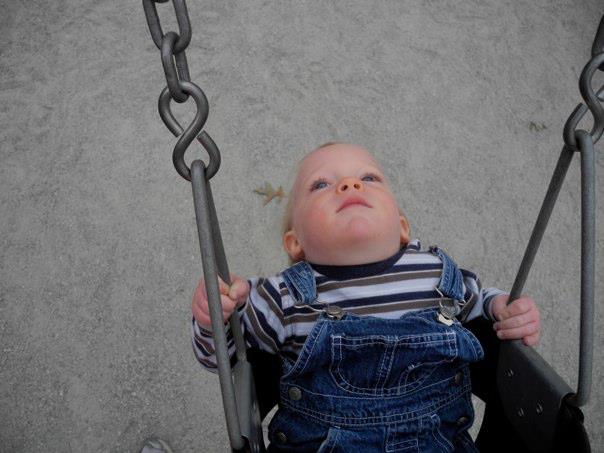Pathological Demand Avoidance is a neurobiological profile of autism rooted in anxiety, autonomy, and nervous system threat perception. For children with PDA, even simple requests can register as danger. A question, a suggestion, a cheerful invitation—all of these may activate a survival response, because the child’s nervous system experiences demand as threat. When this pattern is misunderstood, and the child is pushed, punished, or pathologised, the result is often emotional collapse, chronic shutdown, or explosive resistance.
What may look like manipulation is actually an attempt to restore safety. What may seem like opposition is often an urgent bid for control in a world that feels unpredictable, overwhelming, and socially unsafe. For many families, misinterpretation leads to school refusal, family breakdown, and mental health crises. For some children, the cost is suicidal ideation. The difference between a regulated PDA child and one in distress is rarely about willpower. It is about co-regulation, trust, and the presence or absence of demands that overwhelm.
This tip series draws on the wisdom of Just a Parent, neurodivergent experts, clinical psychologists, trauma specialists, and lived experience. From Sally Cat, we learn the power of declarative language—offering statements instead of questions, to lower anxiety and preserve autonomy. From Kirsty Forbes, From Kirsty Forbes, we learn the importance of reducing demands not as a strategy of indulgence, but as an act of respect for the child’s nervous system—removing the relentless pressure to perform, masking compliance as growth, and instead creating a relational space where the child’s autonomy, safety, and self-direction can begin to re-emerge. From Donna Henderson, we understand that PDA is not simply “difficult behaviour” but a distinct neurodevelopmental profile that requires specific accommodations. From Dr. Bruce Perry, we receive the reminder to always regulate before we relate, and only then reason. From Mona Delahooke, we are invited to look beneath behaviour and honour the child’s internal experience. From Stephen Porges, we see that safety is physiological, and that voice tone, posture, and pacing all shape a child’s ability to feel safe enough to learn. And from Nick Walker, we remember that PDA children are not broken. They do not need fixing. They need a world that understands difference not as pathology, but as part of human variation. See: The high stakes of understanding PDA for more on these experts.
Each tip in this series offers a practical entry point into that new understanding. Because when PDA children feel safe, they can engage. When they are co-regulated, they can learn. And when their autonomy is honoured, they begin to trust.
While many of these tips reflect a broad consensus drawn from research, lived experience, and the careful pattern recognition of those who walk this path daily, no single truth will hold for every child. Because if you know one child with PDA, you know precisely one child with PDA—a singular, context-bound constellation shaped by temperament, trauma history, language development, cultural norms, gendered expectations, support access, and the intimate textures of daily life. These tips are not prescriptions; they are an invitation to observe more closely, to presume competence more fiercely, and to remain humbly teachable—especially when the teacher is a child.

